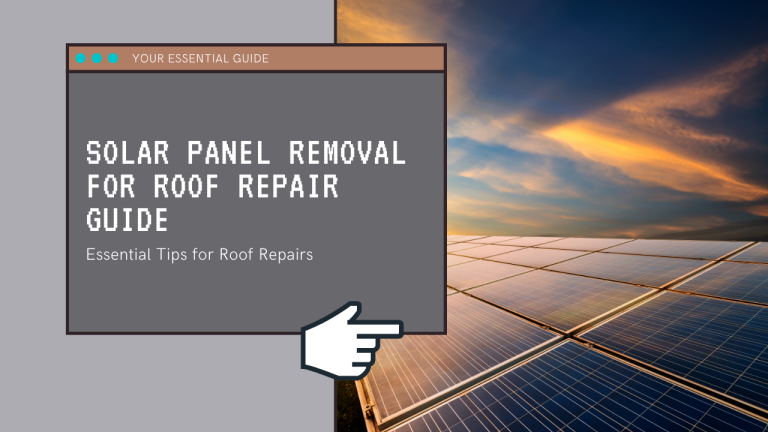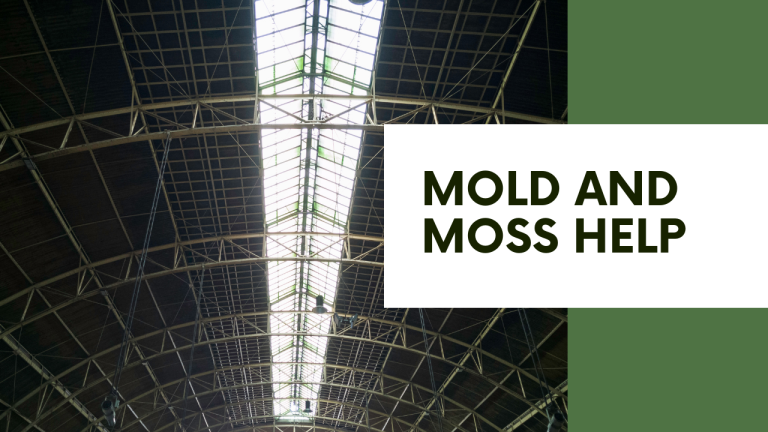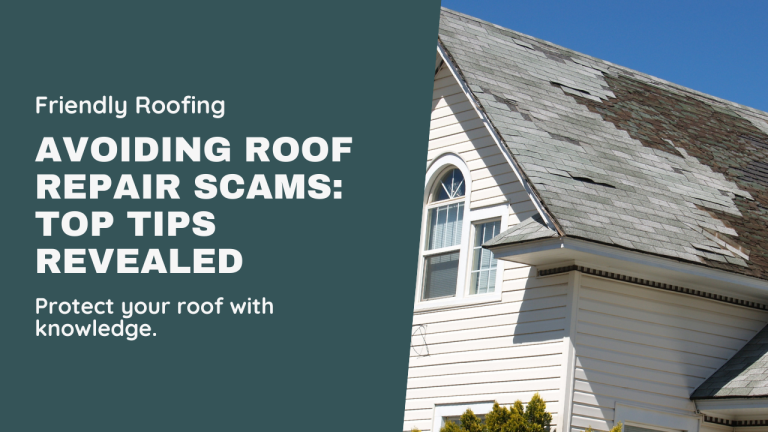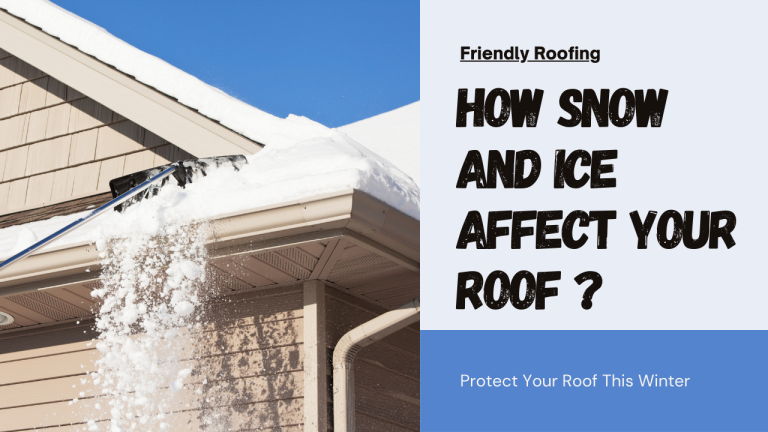Ponding water on flat roofs is a common issue that can lead to serious problems if left unaddressed. When water accumulates on a roof’s surface and fails to drain within 48 hours after a rainfall, it is considered ponding water. This stagnant water can cause a variety of issues, including structural damage, mold growth, and even roof collapse in extreme cases.
In this article, we will explore the causes of ponding water on flat roofs, the risks associated with it, and effective solutions to address this problem.
Understanding Ponding Water on Flat Roofs
Ponding water on flat roofs can occur due to several factors, such as improper roof design, inadequate drainage systems, or even settling of the building structure over time. When a roof is not sloped correctly, water tends to collect in low-lying areas, leading to ponding water. Additionally, clogged drains or insufficient drainage outlets can exacerbate the issue, preventing water from efficiently draining off the roof.

The risks associated with ponding water on flat roofs are significant. The constant presence of water can lead to the deterioration of roofing materials, such as membranes and coatings, causing leaks and signs of roof damage. Prolonged exposure to water can also cause mold and mildew growth, which can compromise the indoor air quality of the building and pose health risks to occupants. In extreme cases, the weight of the accumulated water can even lead to structural damage or roof collapse.
To identify ponding water issues, it is essential to regularly inspect the roof for signs of water accumulation. Look for areas where water tends to pool, and check for any visible signs of damage, such as cracks, blisters, or discoloration in the roofing materials. If you notice any areas of concern, it is crucial to address them promptly to prevent further damage and costly roof repair needs.
Prevention Measures for Ponding Water on Flat Roofs
Preventing ponding water on flat roofs starts with proper design and construction. When designing a flat roof, it is essential to ensure that the roof slope is adequate to allow for efficient drainage.
A minimum slope of 1/4 inch per foot (2%) is generally recommended, but a steeper slope may be necessary depending on the specific conditions of the building.
Regular roof inspections and maintenance are also crucial in preventing ponding water issues. Schedule periodic inspections to check for any signs of roof damage or debris buildup that may obstruct drainage. Clean the roof regularly to remove leaves, twigs, and other debris that can clog drains and downspouts. By proactively maintaining the roof, you can identify and address any potential issues before they lead to ponding water problems.
Proper drainage systems are essential in preventing ponding water on flat roofs. Ensure that the roof has sufficient drainage outlets, such as scuppers or roof drains, and that they are properly sized and positioned to efficiently remove water from the roof surface. Regular cleaning and maintenance of these drainage systems are also necessary to keep them functioning effectively.
Solutions for Addressing Ponding Water
If you are already experiencing ponding water on your flat roof, there are several solutions available to address the issue. One of the most effective methods is to adjust the roof slope and structure. This may involve adding tapered insulation or installing a new roof system with a more pronounced slope to improve drainage. While this solution can be effective, it often requires significant structural modifications and may be more suitable for new construction or major roof replacements.
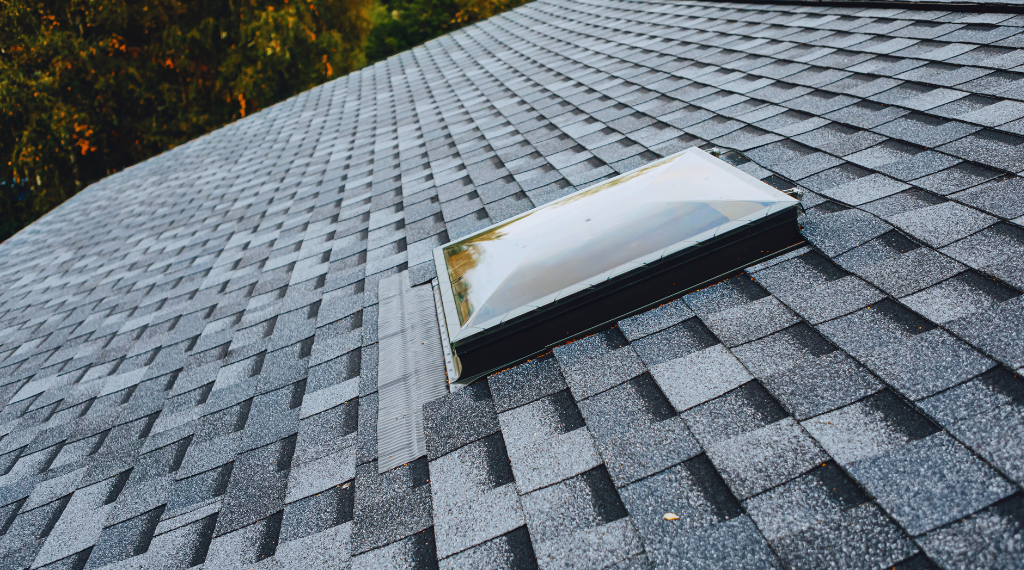
Another solution for addressing ponding water on flat roofs is the installation of roof coatings and membranes. These products can help to seal and protect the roof surface, preventing water from penetrating and causing damage. Some coatings are specifically designed to be applied over existing roofing materials, making them a more cost-effective option for addressing ponding water issues without the need for a complete roof replacement.
In some cases, temporary solutions may be necessary to provide immediate relief from ponding water. This may involve using a roof vacuum or pump to remove standing water from the roof surface, or installing temporary drainage systems to redirect water away from problem areas. While these solutions can provide temporary relief, they should not be considered a long-term fix and should be followed by more permanent solutions to address the underlying causes of ponding water.
Professional Assistance and Consultation
When dealing with ponding water on flat roofs, it is often best to consult with professional roofing experts. These professionals can assess the condition of your roof, identify the root causes of the ponding water issue, and recommend the most appropriate solutions based on your specific needs and budget.
Professional roofers can also assist with the installation of any necessary solutions, ensuring that the work is carried out to the highest standards and in compliance with local building codes and regulations. They can also provide ongoing maintenance and support to ensure that your roof continues to function effectively and prevent future ponding water issues.
DIY Approaches for Ponding Water on Flat Roofs
While addressing ponding water on flat roofs often requires professional assistance, there are some DIY approaches that homeowners can take to provide temporary relief or improve drainage. One simple solution is to use a roof vacuum or pump to remove standing water from the roof surface after heavy rainfall. This can help to prevent the water from causing further damage and give you time to implement more permanent solutions.
Another DIY approach is to install temporary drainage systems, such as portable downspouts or drainage mats, to redirect water away from problem areas. These solutions can be easily installed and removed as needed, and can provide a quick fix for minor ponding water issues.
When attempting any DIY solutions, it is important to prioritize safety. Always wear appropriate personal protective equipment (PPE), such as non-slip shoes and safety harnesses, and avoid working on the roof during inclement weather or high winds. If you are unsure about the safety of a particular DIY approach, it is best to consult with a professional roofer for guidance.
Future Trends and Innovations
As the construction industry continues to evolve, new technologies and innovations are emerging to address the challenges of ponding water on flat roofs. One such innovation is the use of smart drainage systems, which incorporate sensors and monitoring technology to detect and alert building owners to potential drainage issues before they lead to ponding water problems.
Another trend in the industry is the use of sustainable and eco-friendly solutions for managing ponding water on flat roofs. This may include the use of green roofs, which incorporate vegetation and soil layers to absorb and slow the flow of rainwater, or the use of permeable paving materials to allow water to infiltrate the ground rather than accumulating on the roof surface.
As building codes and regulations continue to evolve, we can expect to see an increased focus on the prevention and management of ponding water on flat roofs. This may include more stringent requirements for roof slope, drainage systems, and the use of high-performance roofing materials. By staying informed about these trends and innovations, building owners and contractors can stay ahead of the curve and ensure that their flat roofs are designed and maintained to prevent ponding water issues.
Prioritize Addressing Ponding Water for Long-Lasting Flat Roofs
Ponding water on flat roofs is a common issue that can lead to serious problems if left unaddressed. By understanding the causes of ponding water, implementing prevention measures, and utilizing effective solutions, building owners and contractors can protect their roofs and ensure their longevity. Whether you are dealing with an existing ponding water issue or are in the process of designing a new flat roof, it is essential to prioritize proper drainage and maintenance to prevent costly roof repair and ensure the safety and comfort of building occupants.
Here is a table summarizing the key points about ponding water on flat roofs:
| Cause | Risk | Solution |
| Improper roof slope | Structural damage | Adjust roof slope |
| Clogged drains | Mold and mildew growth | Clean drains regularly |
| Inadequate drainage outlets | Roof material deterioration | Install additional drainage outlets |
| Building settling over time | Roof collapse in extreme cases | Consult with professional roofers |
Some key takeaways about addressing ponding water on flat roofs:
- Regularly inspect the roof for signs of water accumulation and damage
- Implement prevention measures such as proper roof slope and drainage systems
- Consider professional assistance for assessment and installation of solutions
- Be aware of emerging trends and innovations in managing ponding water
By following these guidelines and staying proactive in addressing ponding water issues, building owners and contractors can ensure the longevity and safety of their flat roofs.

